
New York Street names range from those of named after fruits to homages to famous Americans, but for this History of Streets column we thought we’d focus on streets that start with letters that give you more points in Scrabble: Q, X, Y, and Z. From a Xenia Street in both Queens and Staten Island to Zerega Avenue in the Bronx, a number of streets around the city start with unique letters.
A consistent theme among the streets listed is that the names aren’t a growth out of the historical use of the street–such as Broadway or Wall Street. Our list also does not cover every street with these letters around the city, but instead includes those with more notable history. Interestingly, Staten Island has a disproportionate number of streets that begin with these letters .
Quay Street (Brooklyn)
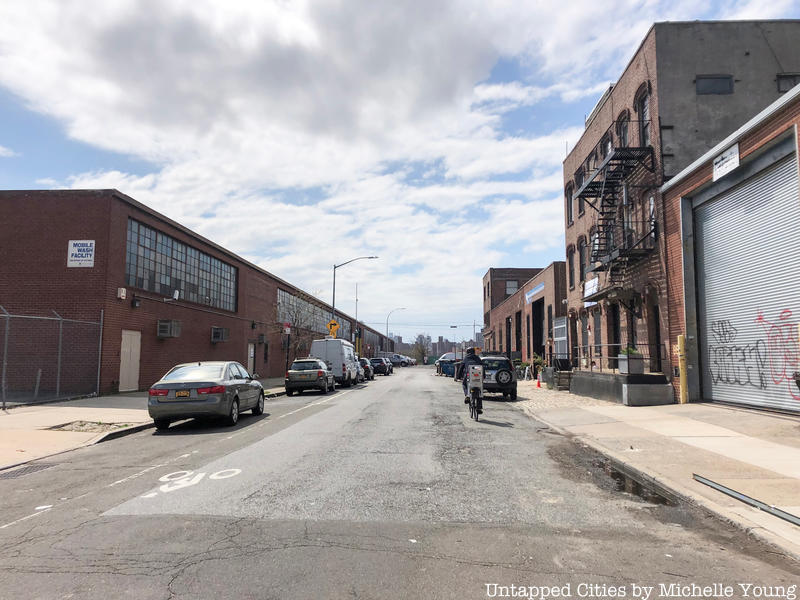
Perhaps named after the street of the same name in Manchester England, Quay Street is a small street running from Franklin Street to the East River in Greenpoint, Brooklyn. It is notable in that one can visit the Bushwick Inlet Park by traversing the street. The Inlet is called the “centerpiece of the Greenpoint-Williamsburg Waterfront” by NYC Parks. Be sure to check out our tour of the Brooklyn waterfront here!
Streets that Start with Queens
Not surprisingly, with a borough named Queens, there are a number of streets in Queens named after itself–from Queens Midtown Expressway to Queens Walk. Perhaps one of the most notable of these streets is Queens Boulevard, running from Manhattan Midtown East (with the Queensborough Bridge) to Jamaica, Queens. It connects much of Queens to Manhattan, the original reason for its construction in the 20th century. It is infamously known as The Boulevard of Death for the vast number of pedestrian deaths and accidents.
Xenia Street (Staten Island & Queens)
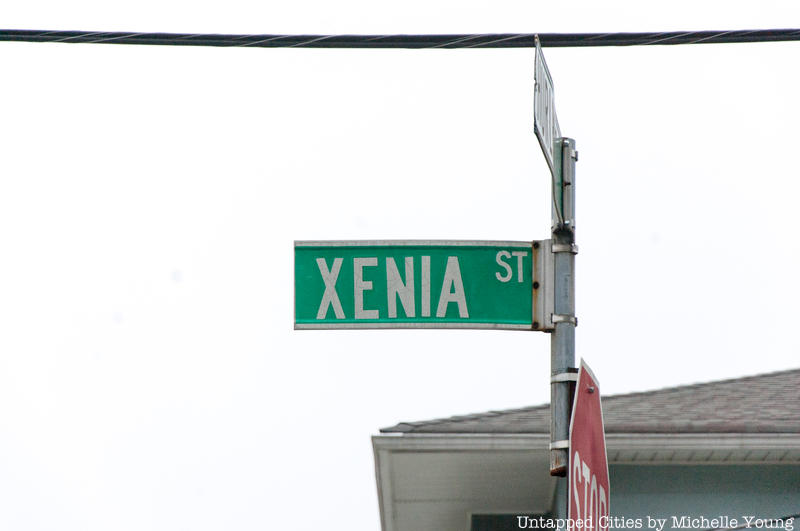
Xenia Street is an extremely tiny street running through the Dongan Hills area of Staten Island. It’s most likely named for Xenia of St. Petersburg, the patron saint of the city of St. Petersburg. Though one would expect both neighborhoods to historically be home to Russian or Eastern European immigrants, it is not the case here. Dongan Hills saw an accelerated growth following the Second World War and the street is just one block long and is currently residential.
There’s also a Xenia Street in Corona, Queens that has historically been home to vast immigrant populations of European and Chinese origins–though no large Russian population either.
Yellowstone Boulevard (Queens)
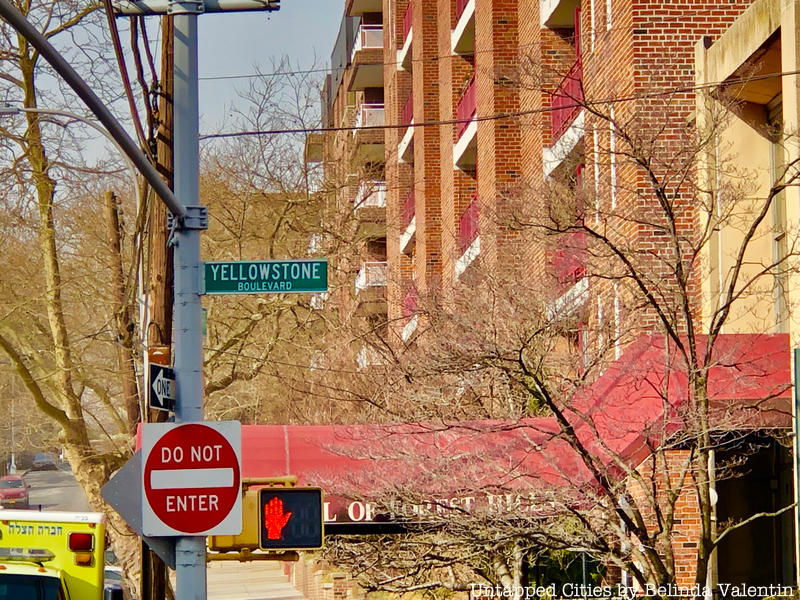
Sharing a name with the adjacent Yellowstone Municipal Park, Yellowstone Boulevard is one of the main streets of Forest Hills. Historically an area heavily populated by Jews, Forest Hills is indeed a lesson on the impact of railroads–following the development of the Long Island Rail Road, the neighborhood, including the street, was greatly built up.
York Avenue (Manhattan)
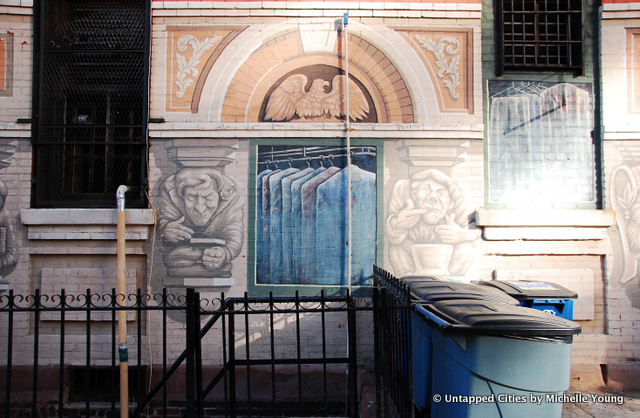
Street art mural on the corner of York Avenue and 83rd Street
York Avenue or Sutton Place is perhaps the most storied and recognizable street on the list, running through the easternmost portion of the Upper East Side. Though not originally apart of the 1811 Commissioners Plan, the street was an early addition, named Avenue A. York Avenue was named in 1928 in honor of Alvin York, a Medal of Honor recipient during the First World War. In the famed Catcher in the Rye novel of J. D. Salinger, Sutton Place is indeed mentioned as the location of the home of the Antolini’s, whom Holden Caulfield visits after their dinner party. York Avenue is also home to a fantastic street art mural that you can read about here! There is also a York Street, with a York Street Subway Station on the F subway line, in DUMBO, Brooklyn.
Zerega Avenue (Bronx)
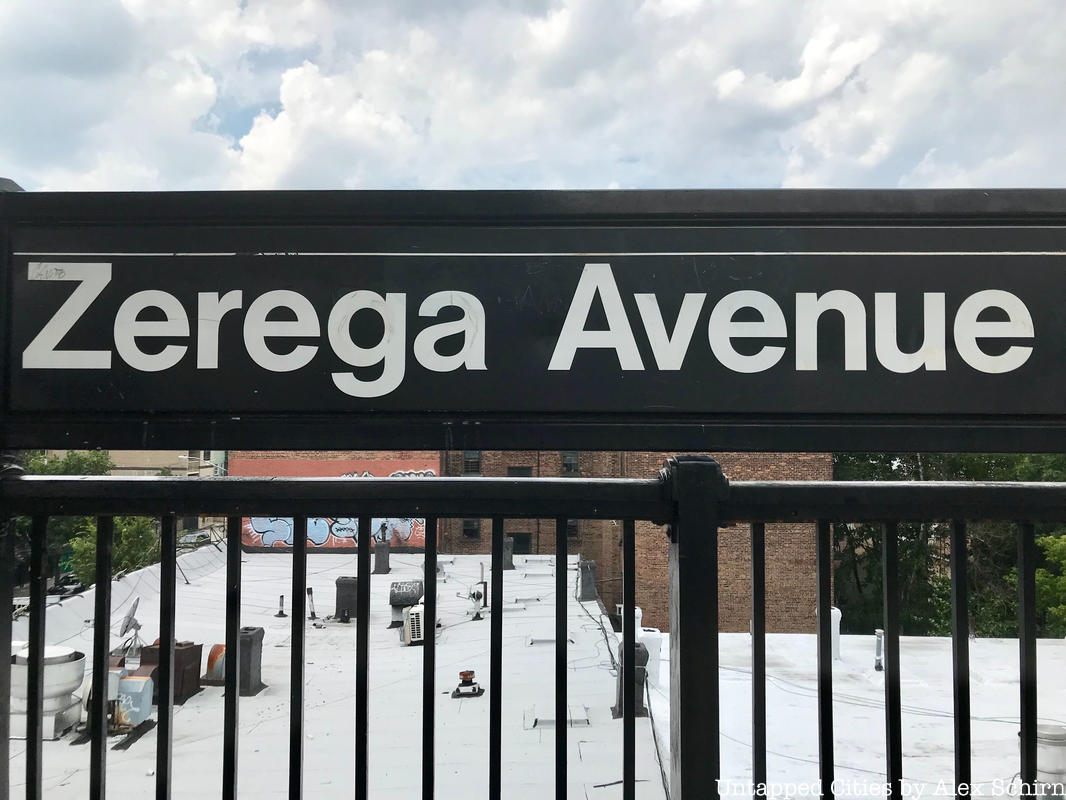
Perhaps the name Zerega Avenue is familiar ? This may be because the avenue is a stop on the 6 train in the Bronx and was the site of a recent fatal fall into the subway tracks in February. The street is located in Castle Hill in the Bronx and was historically home to the area’s industrial production.
Avenue Q, X, Y, and Z

In the central and southern portion of Brooklyn are the lettered avenues–these streets, running east to west, range from Avenue A at the northernmost portion to Avenue Z at the southernmost. The only exceptions are Avenues E, now Ditmus and Foster Avenues, and Avenue G, now Glenwood Road, which do not exist. Avenue Q has the most unique history of the streets on the list, with its name changed to Quentin Road after the death of Theodore Roosevelt’s son, Quentin, during the First World War (although there is some historical record to show that a movement to name the street was started even before his death). The Broadway musical (though now off-Broadway) Avenue Q occurs on the streets; it tells the coming of age story of a young college grad living in Brooklyn.
Be sure to read about our other history of streets columns, such as that on Crosby Street in Soho and Macdougall Street in Greenwich Village!
Get in touch with the author @spencercnyc





